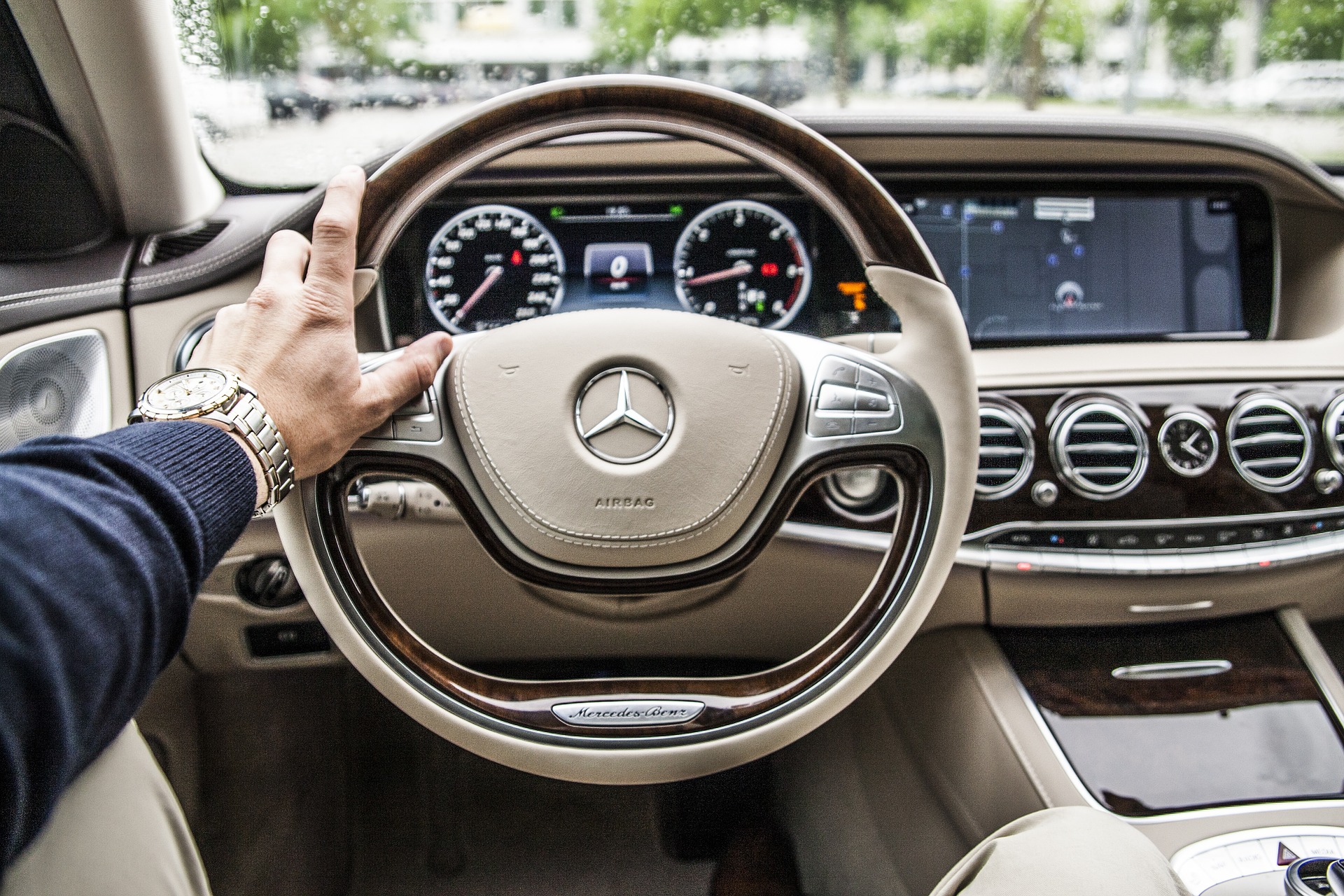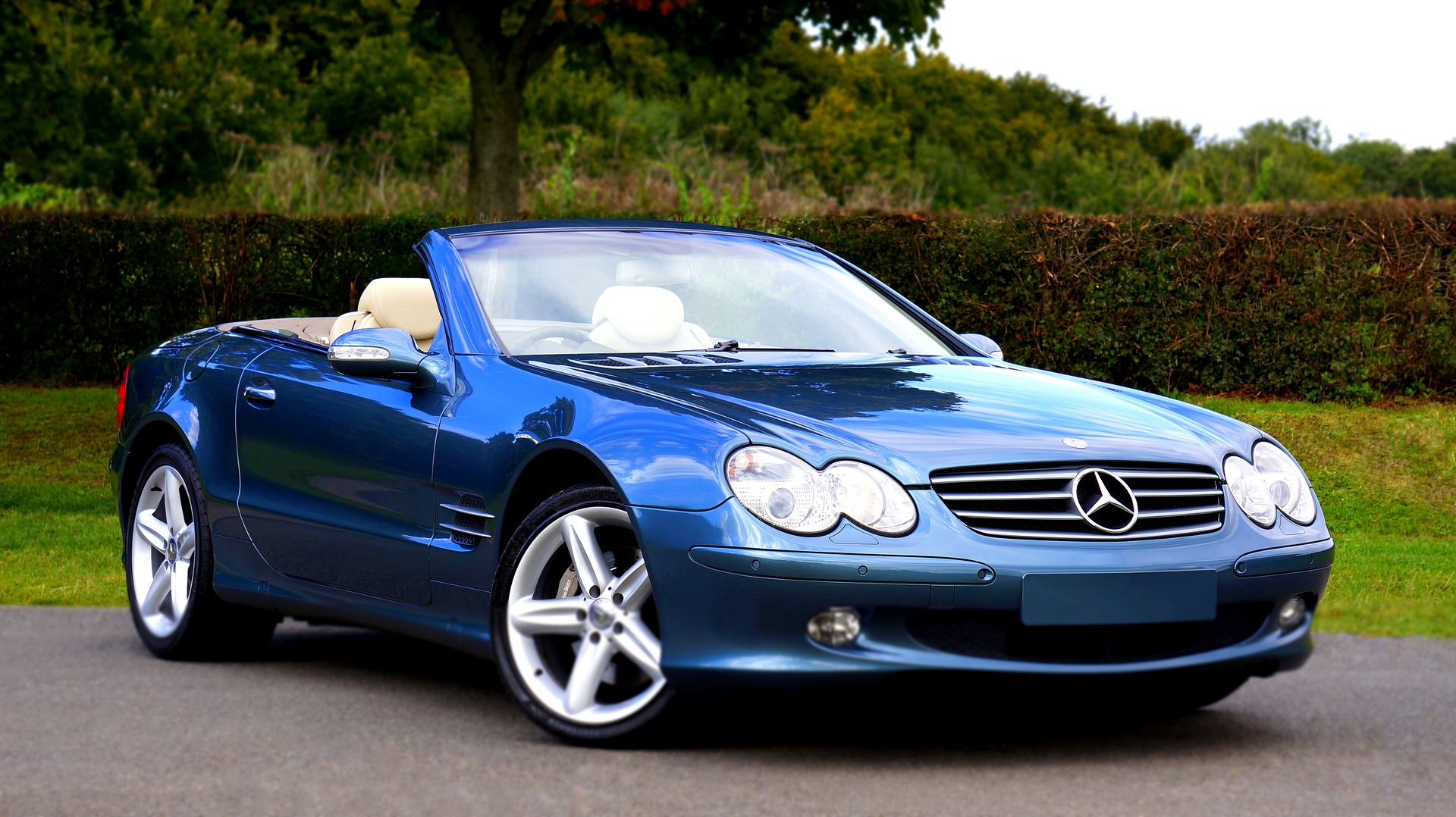There are now more people who are deciding to lease a car rather than buy a car in the UK and for many good reasons. Leasing vehicle, after all, doesn’t require as big a deposit as buying a car, and with leasing, you usually don’t have to worry about maintenance, depreciation, and selling the car after a few years. At the end of your lease, you just have to return the vehicle to the leasing company and be done with it. Also, with leasing, you can drive around in a vehicle which is new, has no maintenance problems, has excellent safety features, and is a veritable pleasure to drive. But what else should you know about leasing before you jump on the bandwagon? Here’s your essential guide to leasing a vehicle in the UK.
What is it?
You can compare car leasing to taking out a rental for the long-term. When you lease a car, you will have to pay an initial deposit, often equal to approximately three months’ payments. And then, afterward, you will just have to pay for the lease of the car every month until the end of the term. You can often find leasing offered for brand new vehicles, with contracts or agreements usually lasting for about two to four years. If you want to lease your vehicle then you have to make your choices in the correct direction.
How a lease agreement works:
If you are looking for a lease agreement or deal, you will often encounter initial payments and monthly payments. The initial deposit or payment is the money you will have to pay at the beginning, usually offered at three times the monthly fee, six months, or nine months. Your first month’s payment is often higher, but the following payments will just be the regular monthly payment agreed upon in the contract. For instance, if you see a 3 + 35 deal, this means that you will have to pay the equivalent of 3 months of the payment initially, and then pay for the car per month for another 35 months with the regular monthly payments.
Do you own it?
When leasing a car, you will not be the car’s owner in legal terms at all. The leasing company will still be the owner of the vehicle; you are merely using it for a particular time.
Leasing is great if you don’t want to be burdened with an older car after a few years, but leasing may not be for you if you want to have a car for a long time.
If you want the latest car model after two years or so, then leasing may be a great deal for you.
But not being the owner of the car comes with other benefits as well. For instance, since you have a car that’s new, the chances of it breaking down or having issues are slim to none.
Also, if ever the car does break down, you can benefit from a warranty that takes care of the repair and maintenance. Leasing vehicles can make things easier for you.
Here’s another thing: when you lease a car, you can choose from a wide selection of car lease agreements – from cheap car lease deals with more expensive deals, depending on your budget. You have a virtually unlimited range of cars from which to choose, and you don’t even have to worry about delivery because most car leasing companies offer delivery for free anywhere in the UK.
Final Take Away
Hence, these are some of the factors that you have to take care of while you want to develop your leasing technique in the best possible manner. Work out a plan that can help you to achieve your goals in the correct order. Do not make your choices in the wrong way while you want to improve your vehicle maintenance in the correct order and at the right point in time.






















